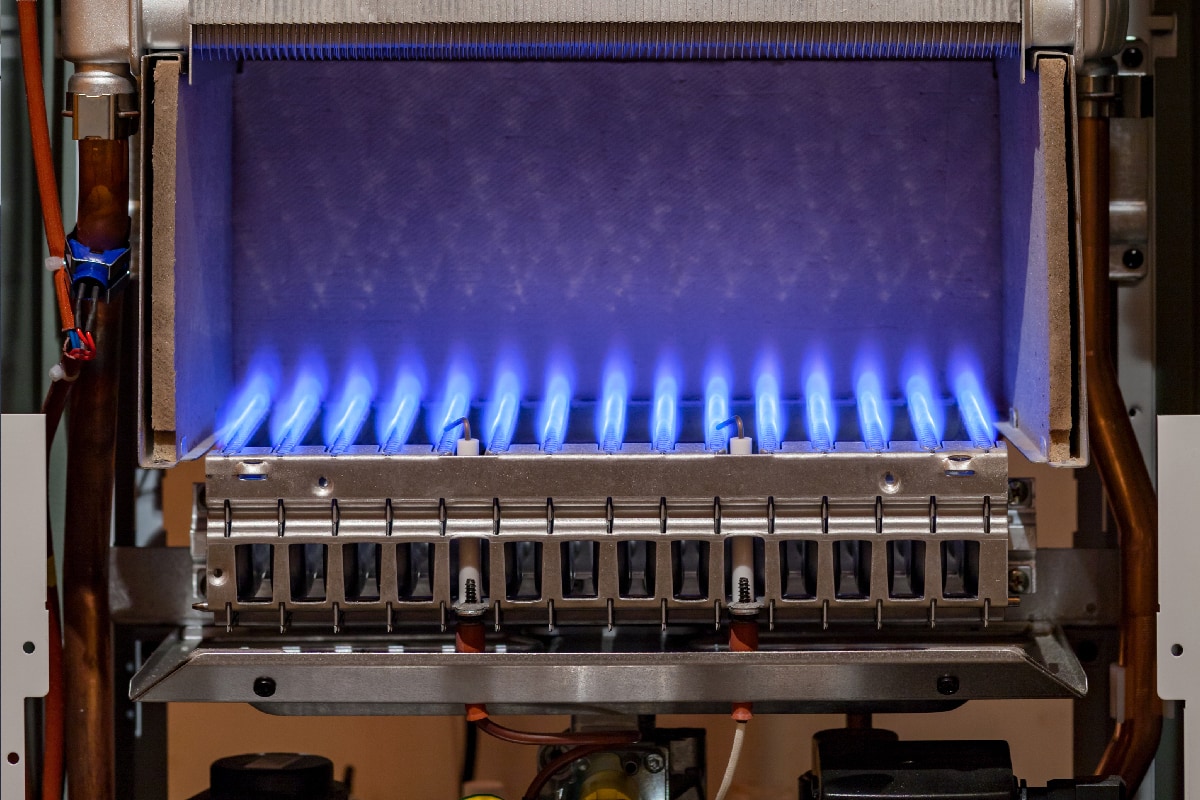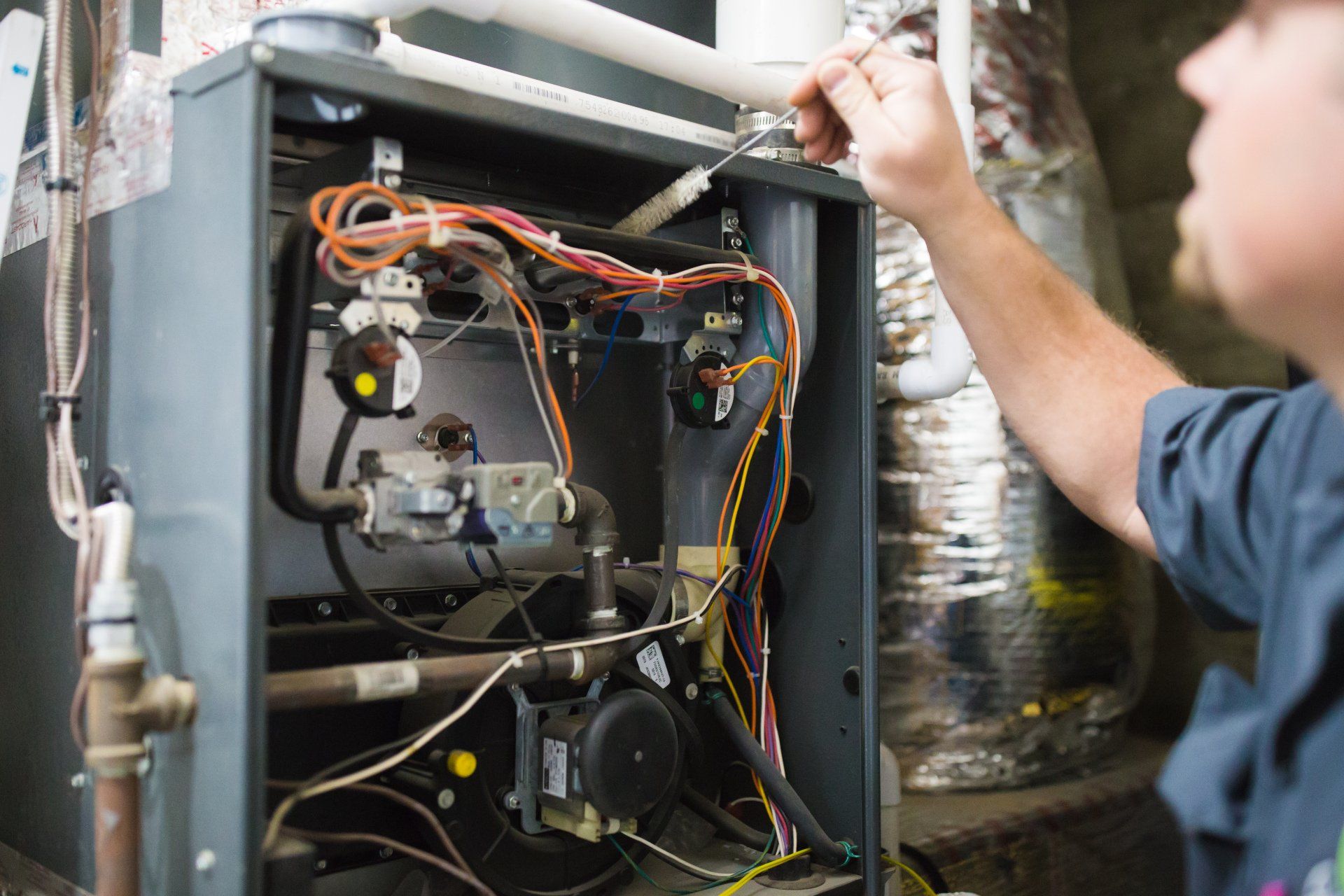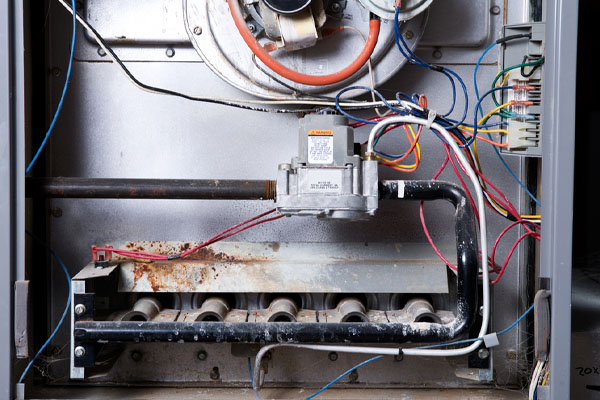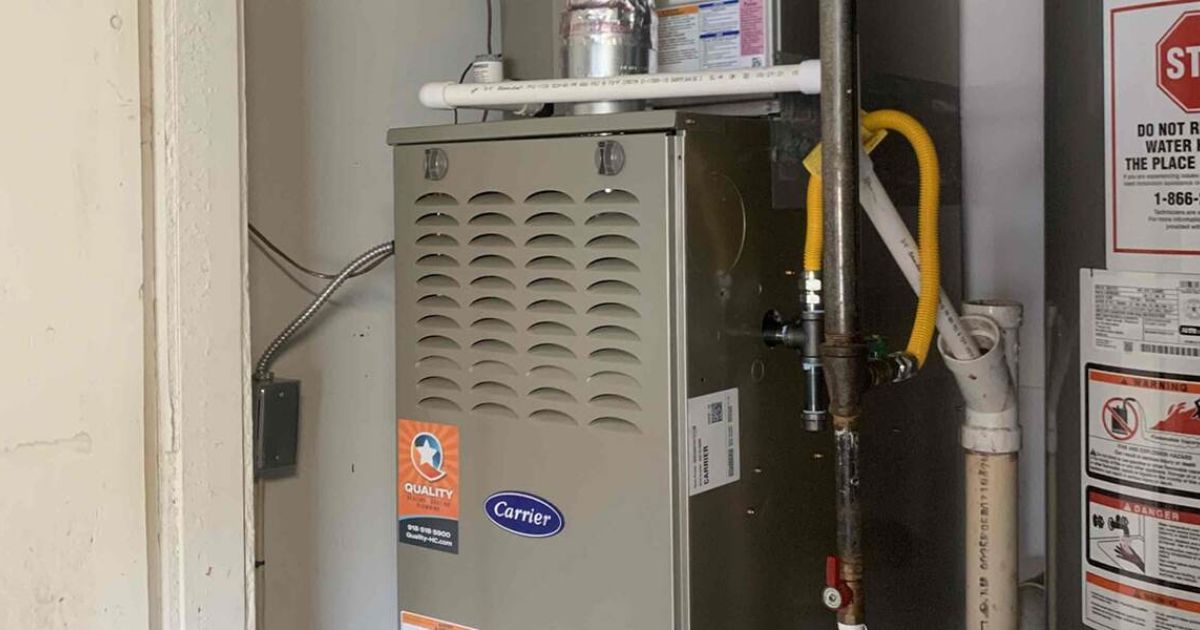How To Light Gas Furnace Electronic Ignition

The modern gas furnace is a marvel of engineering, providing efficient heating for homes and businesses. At the heart of its operation is the ignition system, and understanding how to safely light a gas furnace with electronic ignition is a fundamental skill for any HVAC professional. This guide provides a detailed overview, covering the process, safety precautions, troubleshooting tips, career paths, and industry trends.
Understanding Electronic Ignition Systems
Electronic ignition has largely replaced pilot lights in modern furnaces for improved efficiency and safety. These systems use an electronic spark or a hot surface igniter to ignite the gas. The most common types are:
- Direct Spark Ignition (DSI): A spark ignites the gas directly at the burner.
- Hot Surface Ignition (HSI): A silicon carbide or nitride igniter heats up until it glows, igniting the gas.
- Intermittent Pilot Ignition (IPI): A small pilot light is ignited electronically, and then the main burner is ignited by the pilot flame.
Step-by-Step Guide to Lighting a Gas Furnace with Electronic Ignition
While electronic ignition systems are designed for automatic operation, there are situations where manual intervention might be necessary. Always prioritize safety and follow these steps carefully:
Step 1: Safety First!
- Turn off the Power: Locate the electrical disconnect switch near the furnace and turn it to the "OFF" position. This prevents any accidental electrical shocks.
- Turn off the Gas: Locate the gas shut-off valve on the gas supply pipe leading to the furnace. Turn the valve perpendicular to the pipe to shut off the gas flow.
- Wait Five Minutes: Allow any accumulated gas to dissipate. Gas is heavier than air, so ensure adequate ventilation.
- Smell for Gas: After waiting, carefully smell near the furnace, especially near the burner compartment. If you smell gas, do not proceed. Evacuate the area and call your local gas company or a qualified HVAC technician immediately.
Step 2: Resetting the Furnace (If Necessary)
Many furnaces have a reset button, often located near the blower motor or control panel. If the furnace has tripped due to a safety issue, pressing the reset button might be required. Consult your furnace's manual for the specific location and procedure.
Step 3: Restoring Power and Gas
- Turn on the Gas: Slowly turn the gas shut-off valve parallel to the pipe to restore gas flow.
- Turn on the Power: Turn the electrical disconnect switch back to the "ON" position.
Step 4: Observing the Ignition Sequence
With power and gas restored, the furnace should begin its ignition sequence. This typically involves:
- Blower Motor Activation: The blower motor might run briefly to purge the furnace of any residual gas.
- Igniter Activation: The igniter (either spark or hot surface) will activate. You might see a spark or a glowing igniter.
- Gas Valve Opening: The gas valve will open, allowing gas to flow to the burners.
- Burner Ignition: The gas should ignite, producing a steady blue flame.
Step 5: Troubleshooting Common Issues
If the furnace fails to ignite, consider these troubleshooting steps:
- Check the Pilot Light (for IPI systems): If the pilot light is out, try relighting it following the manufacturer's instructions.
- Inspect the Igniter: A cracked or damaged igniter will not function correctly and needs replacement.
- Check the Flame Sensor: The flame sensor detects the presence of a flame. If it's dirty or malfunctioning, it can shut down the furnace. Clean the flame sensor with fine steel wool.
- Check the Gas Valve: A faulty gas valve might not be opening properly. This usually requires a professional diagnosis.
- Check the Control Board: The control board manages the ignition sequence. If it's malfunctioning, it can prevent the furnace from igniting.
Safety Precautions: A Constant Reminder
Working with gas appliances can be dangerous. Always prioritize safety. If you are not comfortable working with gas or electricity, call a qualified HVAC technician. Never bypass safety devices or attempt to modify the furnace in any way. Carbon monoxide is a silent killer, so ensure your home has working carbon monoxide detectors.
HVAC Career Paths and Industry Outlook
The HVAC industry offers diverse career paths with excellent growth potential. According to the U.S. Bureau of Labor Statistics, the median annual wage for HVACR mechanics and installers was $51,910 in May 2022. The job outlook is projected to grow 6 percent from 2022 to 2032, about as fast as the average for all occupations. Approximately 41,500 openings for HVACR mechanics and installers are projected each year, on average, over the decade.
Entry-Level Positions
Many HVAC professionals start as apprentices, learning the trade under the guidance of experienced technicians. Apprenticeships provide valuable hands-on experience and classroom instruction. High school graduates or individuals with vocational training can often find entry-level positions with HVAC companies.
Experienced Technicians
Experienced technicians can specialize in various areas, such as installation, repair, maintenance, or sales. Specialization can lead to higher earning potential and increased job satisfaction. Many technicians pursue advanced certifications to demonstrate their expertise.
Advanced Roles
With experience and education, HVAC professionals can advance to supervisory or management positions. Some may even start their own HVAC businesses. A strong understanding of business principles and customer service is essential for success in these roles.
Key Certifications for HVAC Professionals
Certifications are crucial for demonstrating competence and credibility in the HVAC industry. Here are some of the most important certifications:
- NATE (North American Technician Excellence): NATE certification is widely recognized as a mark of excellence in the HVAC industry. It demonstrates that a technician has the knowledge and skills to perform HVAC work correctly.
- EPA Section 608 Certification: This certification is required by the U.S. Environmental Protection Agency (EPA) for technicians who handle refrigerants. It covers the proper handling, recovery, and disposal of refrigerants to protect the environment.
- HVAC Excellence: HVAC Excellence offers a range of certifications for different HVAC specialties, including heating, air conditioning, and refrigeration.
- State and Local Licenses: Many states and municipalities require HVAC technicians to be licensed. Licensing requirements vary by location, so it's essential to check with your local authorities.
Real-World Career Examples
- Maria Rodriguez: Maria started as an HVAC apprentice after graduating from a vocational school. She obtained her NATE certification and now works as a lead technician for a large HVAC company, specializing in commercial refrigeration.
- David Lee: David began his career as a residential HVAC installer. He obtained his EPA 608 certification and started his own HVAC business, focusing on energy-efficient heating and cooling solutions.
- Sarah Chen: Sarah worked as an HVAC service technician for several years before pursuing a degree in mechanical engineering. She now works as a design engineer for an HVAC equipment manufacturer.
Industry Trends Shaping the Future of HVAC
The HVAC industry is constantly evolving, driven by technological advancements and changing consumer demands. Here are some key trends shaping the future of HVAC:
- Energy Efficiency: There's a growing emphasis on energy-efficient HVAC systems to reduce energy consumption and lower utility bills. High-efficiency furnaces, air conditioners, and heat pumps are becoming increasingly popular.
- Smart Home Technology: Smart thermostats and other smart home devices are transforming the way people control their HVAC systems. These devices allow for remote control, energy monitoring, and automated adjustments.
- Renewable Energy Integration: Solar thermal systems and geothermal heat pumps are being integrated with HVAC systems to provide sustainable heating and cooling solutions.
- Refrigerant Regulations: Regulations regarding refrigerants are becoming stricter to protect the environment. The phase-out of ozone-depleting refrigerants is driving the development of new, environmentally friendly refrigerants.
- Increased Demand for Skilled Technicians: As HVAC technology becomes more complex, the demand for skilled and certified technicians is increasing. HVAC companies are actively recruiting and training qualified professionals.
Investing in Your Future
A career in HVAC offers stability, earning potential, and opportunities for growth. By acquiring the necessary skills, certifications, and knowledge, you can position yourself for success in this dynamic industry. Whether you're a student, an experienced technician, or an employer, staying informed about the latest trends and best practices is essential for thriving in the HVAC field.
"The HVAC industry is more than just fixing furnaces and air conditioners. It's about creating comfortable, healthy, and sustainable environments for people to live and work in." - A seasoned HVAC technician










